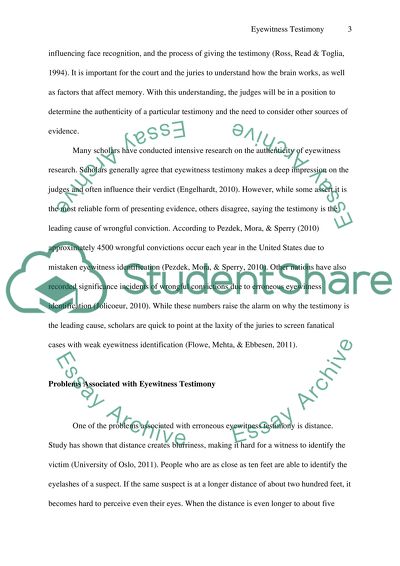Cite this document
(“Problems Associated with Eyewitness Testimony Research Paper”, n.d.)
Retrieved de https://studentshare.org/psychology/1391739-problems-associated-with-eyewitness-testimony
Retrieved de https://studentshare.org/psychology/1391739-problems-associated-with-eyewitness-testimony
(Problems Associated With Eyewitness Testimony Research Paper)
https://studentshare.org/psychology/1391739-problems-associated-with-eyewitness-testimony.
https://studentshare.org/psychology/1391739-problems-associated-with-eyewitness-testimony.
“Problems Associated With Eyewitness Testimony Research Paper”, n.d. https://studentshare.org/psychology/1391739-problems-associated-with-eyewitness-testimony.


